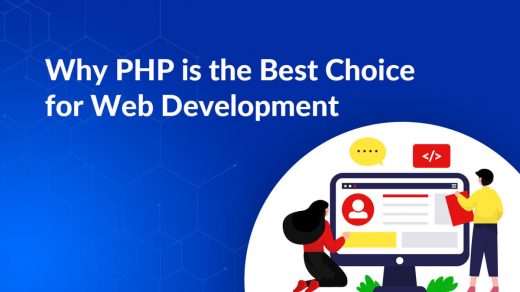A new era of sustainability is here. Consumers are more aware than ever before on the importance of sustainability in business, and they’re already setting businesses to a high standard when it comes to the impact that their products and services have on the environment. One study even showed that 63% of Americans want companies to take environmental action even when the Government doesn’t and 73% would stop working with a company if they don’t take measures against climate change. These numbers don’t really come as a surprise, considering that the commercial sector has one of the highest contributions to waste and pollution.

So, what exactly does a business need to do to be more sustainable? Using less paper is one step, and so is recycling. However, corporate environmental policies should go much further than that. According to a 2018 BSR survey, 75% of respondents said that business leaders should make sustainability a part of their overall business strategy and be more responsive to global trends.
As a business owner, you probably already use a lot of software already. Especially after the COVID-19 pandemic accelerated the digital transformation process, more and more companies have let go of outdated practices and incorporated digital solutions, which are not only more efficient but also more eco-friendly.
But what software should you use to be more sustainable, and factors should you consider before working with a software vendor?
According to Christopher Mines, vice-president and research director at Forrester Research, every sustainable company should consider six types of software:
- Product development software, which should be used to improve the design of existing products or create new sustainable products from scratch.
- Collaboration tools. In this day and age, using paper to communicate is outdated and inefficient. As more teams are working from home, companies need to invest in communication and collaboration tools that allow them to stay connected.
- Enterprise carbon and energy management software. Also known as ECEM software, this helps executives in key roles assess and report their carbon footprint and the amount of resources used. Since lowering the carbon footprint is essential for any eco-aware business, this software should be non-negotiable.
- SPPM Software (Sustainability and Project Management). This software is recommended if your enterprise is engaged in corporate sustainability projects, helping you track your progress and monitor the impact of these projects.
- Sustainability knowledge and learning management software. This software offers support for corporate learners. Because going green does require a learning curve and even with the best interest at heart, executives can make non-sustainable decisions because they were not educated on the matter.
- Smart infrastructure management software. If you are at a stage when you can implement smart infrastructure into your sustainability strategy, this software will help you organise it and keep it in good condition.
But, although this software can help you be more sustainable, it’s important to point out that you need a good basis for it first. Before you think about incorporating it, you must ensure that your organisation functions based on the 3R philosophy (Reduce, Reuse, Recycle), and that you use resources as mindfully and efficiently as possible. Recycling waste, no matter of its type, is the first step towards a robust sustainability culture, and Europe is already at the forefront in this regard. Companies such as Miltek in Denmark help businesses reduce their environmental footprint and recycle more efficiently, but progress is also being made in other regions of the world. In general, the Scandinavian model is praised for its efficiency, so if you need the inspiration to get started, that’s a good case study.
The three stages of corporate sustainability projects
All the software above may sound like a great idea but, before you contact every vendor on the list, it’s important to realise where you are on your sustainability journey and invest only in that software for which you have a realistic use for the time being. Remember that the main idea of corporate sustainability is to use resources of all types mindfully. The IT sector consumes energy just like any other, and if you don’t use all this software, that’s just another form of waste.
Beginner stage: You’ve just started your sustainability journey, and your main mission is to comply with existing environmental laws. At this stage, you aren’t ready to innovate, but you are doing everything you can to boost transparency and awareness. The idea software for these beginner companies should cater to the marketing and Corporate Social Responsibility departments.
Transformation stage. At this intermediate stage, your company has been taking basic sustainability measures for a while now, and you’re ready to go one step further by using software to boost the efficiency of operations. Some ways to do that include using less energy and switching to sustainable providers. Dedicated software can help you better manage resources and make cost-effective decisions, and, at this stage, you can incorporate the software into areas such as supply chain and corporate real estate.
Innovation stage. Sustainability is at the core of your business, and you’re already considering ways of innovating. At this stage, not only do you save money by being sustainable, but also making more revenue thanks to it. You need software that caters to boards and executives, helping them manage their portfolio and create sustainable products from the ground up.
No matter at which stage you are, don’t forget to check how green your software is. It might sound odd, considering that software itself doesn’t consume energy in the way that a computer does, but software development is resource-intensive, and the IT sector as a whole is now responsible for 14% of the global carbon footprint. To make the best choice for the environment, use software developed by companies with a proven track record of sustainability, and that has the smallest possible environmental footprint.




Recent Comments